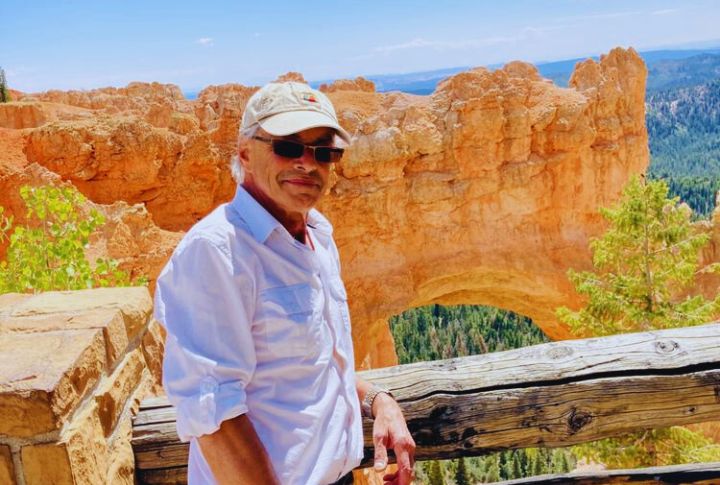
Every traveler has a moment when they want something calmer than a packed overlook or a famous monument swarmed with cameras. That’s where these quieter landmarks shine. They’re beautiful, easy to enjoy and perfect for anyone craving a break without making a big deal out of planning it. Scroll through and see which one feels like a trip you’d actually enjoy.
Cathedral Valley, Utah
Most travelers never expect the long approach to Cathedral Valley to lead to something so striking, yet the sandstone monoliths make the effort feel worthwhile the moment they appear. The Temple of the Sun and its twin, the Temple of the Moon, stand tall above the wide desert plain, where stillness feels like part of the view.
Toadstool Geologic Park, Nebraska
Toadstool Geologic Park surprises people right away because the mushroom-shaped formations look unlike anything else in Nebraska. Clay bases hold sandstone caps, and fossils of rhinos, early horses, tortoises, and saber-toothed cats help ground the area in deep history. The shapes and colors create a natural moonscape effect.
City Of Rocks National Reserve, Idaho
Visitors often notice the granite towers before anything else at City of Rocks, since they rise sharply above the surrounding ground. Emigrants on the California Trail spotted these formations long before climbers reached the area. Some stones date back more than 2.5 billion years, which gives the reserve an unexpectedly ancient character.
Natural Bridges National Monument, Utah
Natural Bridges National Monument leaves a strong first impression through its three enormous stone bridges shaped by water over long periods. Their names—Kachina, Owachomo, and Sipapu—reflect Hopi heritage. The monument became the first International Dark Sky Park, and Owachomo shows its age through its delicate shape.
Grosvenor Arch, Utah

A visit to Grosvenor Arch often starts with surprise because the double arch stands taller than expected. It sits inside the Grand Staircase–Escalante National Monument and honors Gilbert Grosvenor of the National Geographic Society. Its yellow and white sandstone makes it a favorite subject for photographers, who reach it by dirt road.
Hovenweep National Monument, Colorado–Utah Border
Along the Colorado–Utah border, Hovenweep’s stone towers rise from the canyon edges with a purpose that still feels deliberate. Built by ancestral Puebloans between A.D. 1200 and 1300, the multi-level structures reflect remarkable skill. Their precise alignment and design suggest advanced engineering guided by astronomical knowledge.
Shiprock, New Mexico
Shiprock rises 1,583 feet above the flat plains of New Mexico and stands as one of the most sacred places in Navajo culture. Formed around 27 million years ago, the volcanic spire resembles a massive sailing ship and continues to hold deep spiritual significance today.
Chiricahua National Monument, Arizona
Visitors stepping into Chiricahua National Monument quickly understand why it’s called the “Wonderland of Rocks.” Hoodoos and balancing formations fill every view, created by a volcanic eruption 27 million years ago. Once home to the Chiricahua Apache, the area connects geology and culture.
El Morro National Monument, New Mexico
Travelers once stopped at El Morro for the small waterhole beneath its towering bluff, and many carved their names into the soft sandstone. The inscriptions—over 2,000 in total—span Ancestral Puebloans, Spanish explorers, and American pioneers, turning one natural wall into a living historical record.
Medicine Wheel National Historic Landmark, Wyoming
High in Wyoming’s Bighorn Mountains sits the Medicine Wheel, an eighty-foot stone circle built by Indigenous peoples. Its purpose remains sacred and complex, possibly tied to lunar or celestial events. The site continues to host Native American ceremonies, which link generations through shared spiritual tradition.

